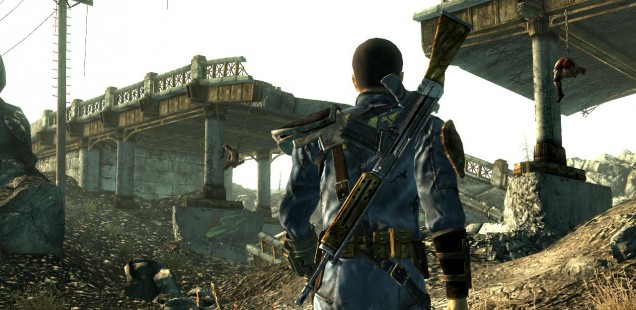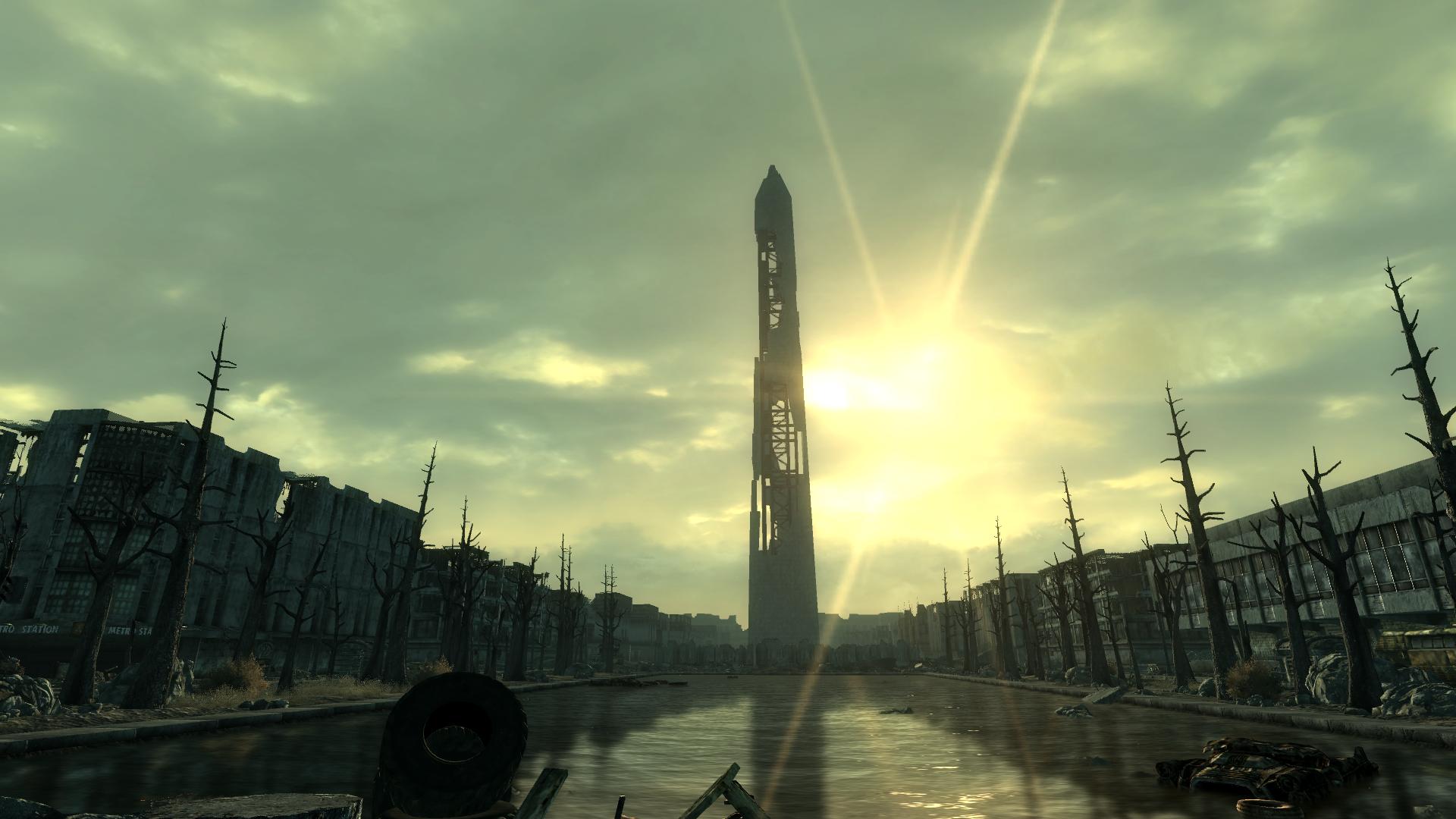
Art Tickles: The Story Mechanic
Taylor Hidalgo can’t tell a carburetor from a crankshaft, but knows all about the gears turning in stories.
There is a distinct difference between a game that tells the player a story, and a game whose player makes the story. Sandbox games, in particular, are very effective at this sort of craft. Whatever emerges from the mechanics tells its own tale, something that the programmers can scarcely dream of emerging from a mechanic, rather than being made to produce that effect. While the narratives created are often simple, usually a narrative of cartoonish violence or abstract circumstance, there’s still something endearing about storytelling coming from player action rather than scripted reaction.
As games evolve, this has become increasingly organic. The complex nature of the mechanics makes stories that can’t really be replicated with other media. Someone reading a novel, for instance, won’t arrive at a different ending by reading it fifty or sixty times. A movie won’t have its ending altered by being watched by hundreds of different audience members rather than one or two. Games, however, will produce their own little narratives within the mechanics. Stories of how someone traveled the cold, heartless wastes of the D.C. area in Fallout 3 without firing a single round, for instance, aren’t something that’s possible by watching Mad Max several times. Likewise, five different players on Gunpoint might all have wildly different experiences with the same stage, whereas those same five watching a Noir film might have very similar feelings.
At their core, though, games aren’t built that dissimilarly from their cinema or literature counterparts. Their stories are direct sequences of events producing scripted results and coalescing to a completion at a set point, often providing the same ending for people who played the game differently. To return to an earlier example, a player who approaches Fallout 3 as a boxer exclusively punching their enemies to death will ultimately reach the same main storyline sequence as someone who primarily resolved issues through speech, theft or diplomacy. While the subplots may have different results, the core narrative of a child leaving the vault to find their father will always end the same way. Mechanics are the key difference there, but mechanics can only tell part of a story.
 Stories are told exclusively through player successes, rather than player failures. Again, to use Fallout 3, the main story arc has no narrative cases for the player failing to get to an objective on time, or a player dying before reaching the ultimate decision. All of its goings-on have very tightly scripted sequences, and any variance from that will produce a Game Over rather than a variation on the story. Mechanically, a player cannot apply lateral thinking, or abstract solutions, to create unique results. Regardless of their actions, short of never completing the game, endings will often be identical from player to player.
Stories are told exclusively through player successes, rather than player failures. Again, to use Fallout 3, the main story arc has no narrative cases for the player failing to get to an objective on time, or a player dying before reaching the ultimate decision. All of its goings-on have very tightly scripted sequences, and any variance from that will produce a Game Over rather than a variation on the story. Mechanically, a player cannot apply lateral thinking, or abstract solutions, to create unique results. Regardless of their actions, short of never completing the game, endings will often be identical from player to player.
This is because games’ narratives are disconnected from their mechanics. What happens between cutscenes is of little consequence to how the cutscenes will go. Games that factor in player behavior often do so at a rudimentary level, piggybacking on some recordable metric like morality bars or reputations with various in-game factions. These are neat, but rarely very meaningful from a narrative standpoint. The resulting disconnect is something that is likewise unique to games, for the same reason. How a player interacts with a game is the only major difference between games and comparable media, so naturally the narrative devices and tropes won’t translate perfectly from game to movie, or vice versa.
Not all games have this divide, though. Tabletop games, like D&D or Pathfinder, are almost exclusively mechanics. The large books of creatures and statistics exist exclusively to give the world a framework through which the players can explore the setting and narrative. However, they don’t have the same disconnect that videogames do. The story doesn’t come from the books or setting. It is because they are formed in part by the players, and in part by the DM. The mechanics are interwoven with the narration, making it so that campaigns cannot exist without both, and the more narrative-minded DMs will even alter and retool their campaigns to reflect unexpected player interactions.
Short of developing a sentient artificial intelligence to act as virtual DMs for a game’s story, it probably won’t be until videogames discover a new ways to harmonize game mechanics with game narrative that gaming will start to see major innovations in how stories are delivered.
Not just delivered to the players, but by them.
Taylor Hidalgo is a writer by hobby, grasping at the edges of professional work. He’s a fan of the sound of language, the sounds of games and the sound of deadlines looming nearby. He sometimes says things on Twitter and his blog.